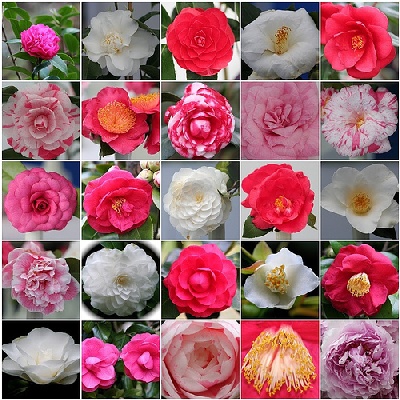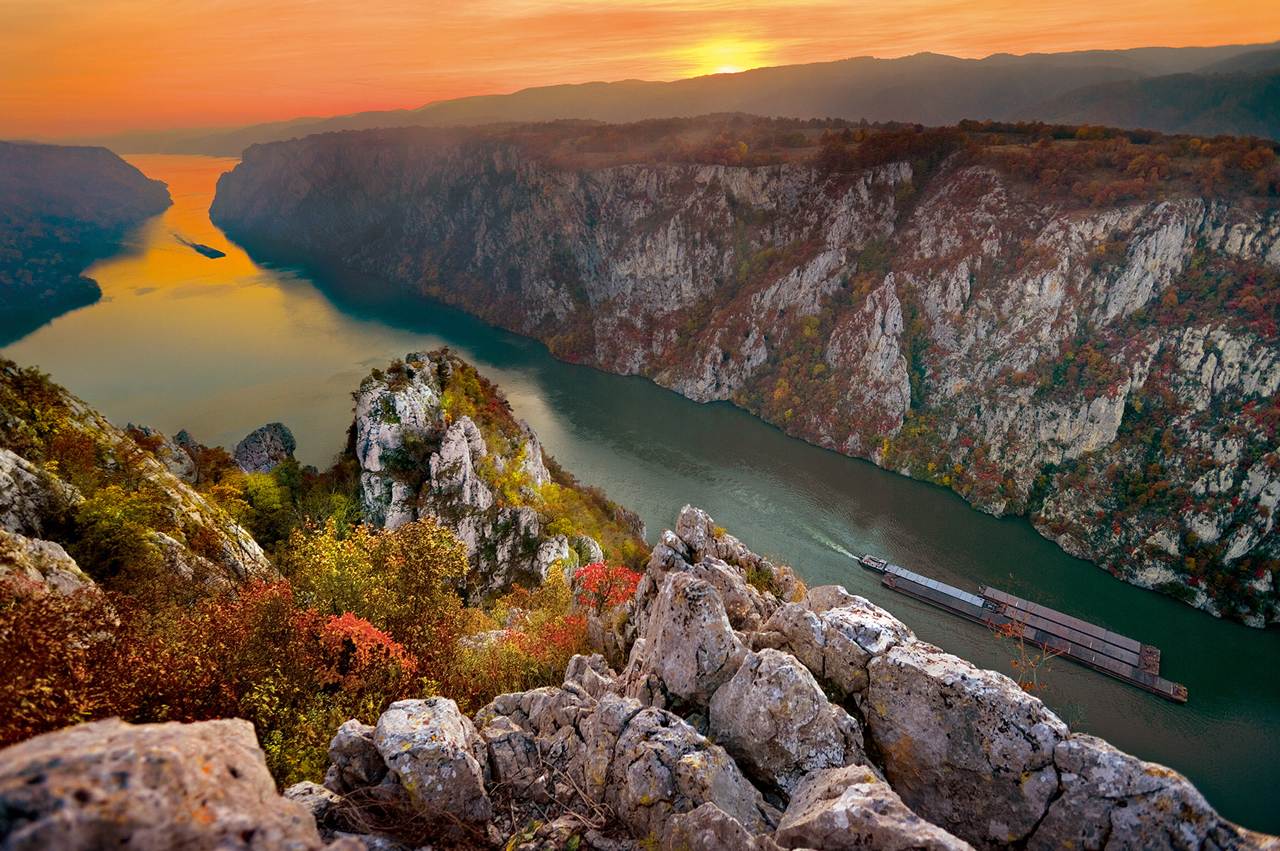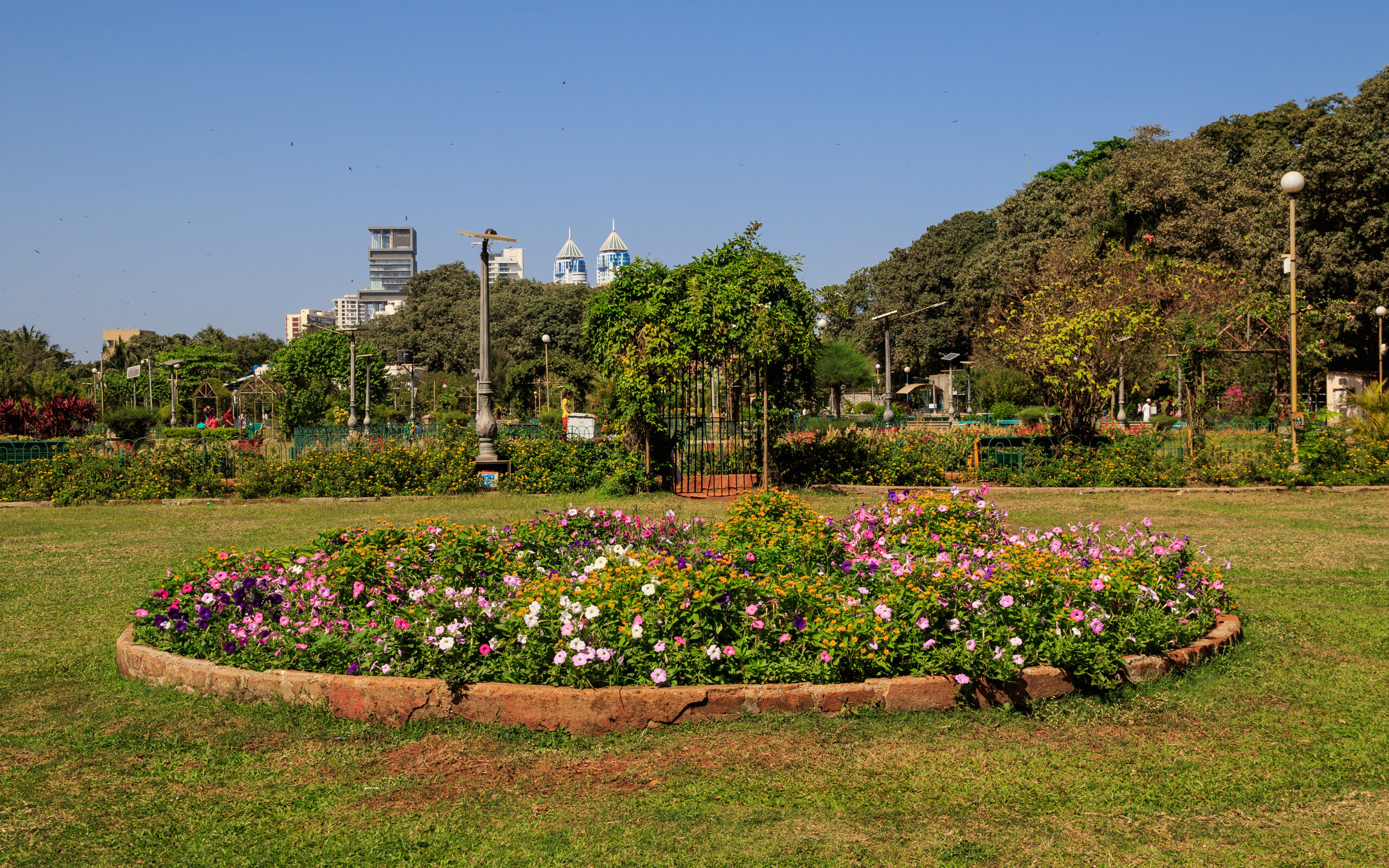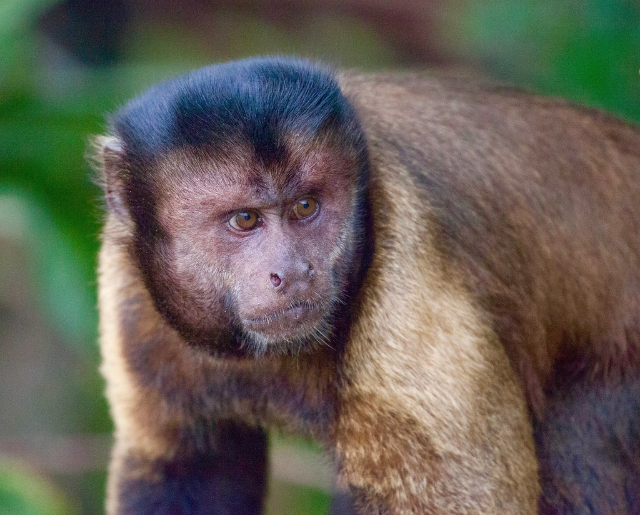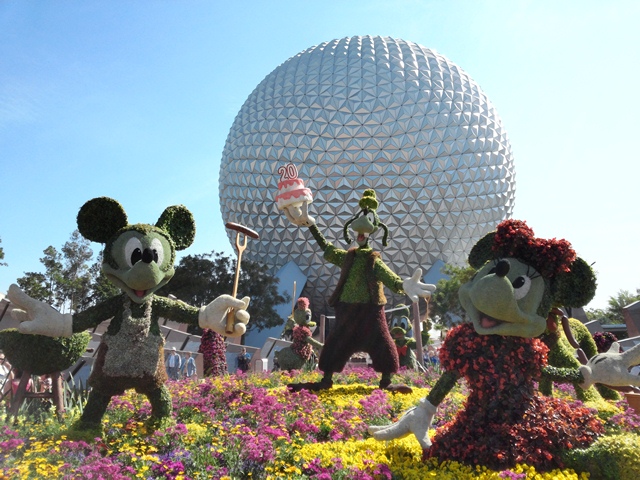The ancient Chiusa owes its name to the boundary wall that delimits it and dates back to 1690. Owned by the Borrini family, it contains a small chapel where the remains of their descendants rest. There is also buried Dr. Angelo Borrini, ophthalmologist of the duke Carlo Lodovico of Borbone, who, with his great passion, contributed to spread the camellias in the whole area of Compitese and to start a complex work of selection that we can still see today on the most important cultivars. In 1795 an avenue of camellias was laid out, leading to the small family chapel. Unfortunately some of these were cut down in the period between the two great wars. Now a descendant, Guido Cattolica, driven by the same passion as his ancestor, has created a permanent collection of camellias. He has reproduced all the ancient cultivars of the gardens of Villa Borrini and has tried his hand at artificial hybridization experiments lasting over thirty years. These have allowed him to obtain more than one hundred new cultivars of camellia obtained in S. Andrea di Compito over the years, which have been given names of historical figures or people of the place and family. The Chiusa also contains a rare variety of camellia coming from Viet-Nam and disappeared with the disastrous war. In 1990 Guido Cattolica wanted to create an experiment in the cultivation of Camellia Sinensis L., the tea plant.\This trial has given very encouraging results: the tea produced in Compito competes in international tastings with much success. Now the small production is canned and offered to visitors of the Chiusa. The collection can be freely visited during the Camellia exhibition, at other times an appointment is necessary.
